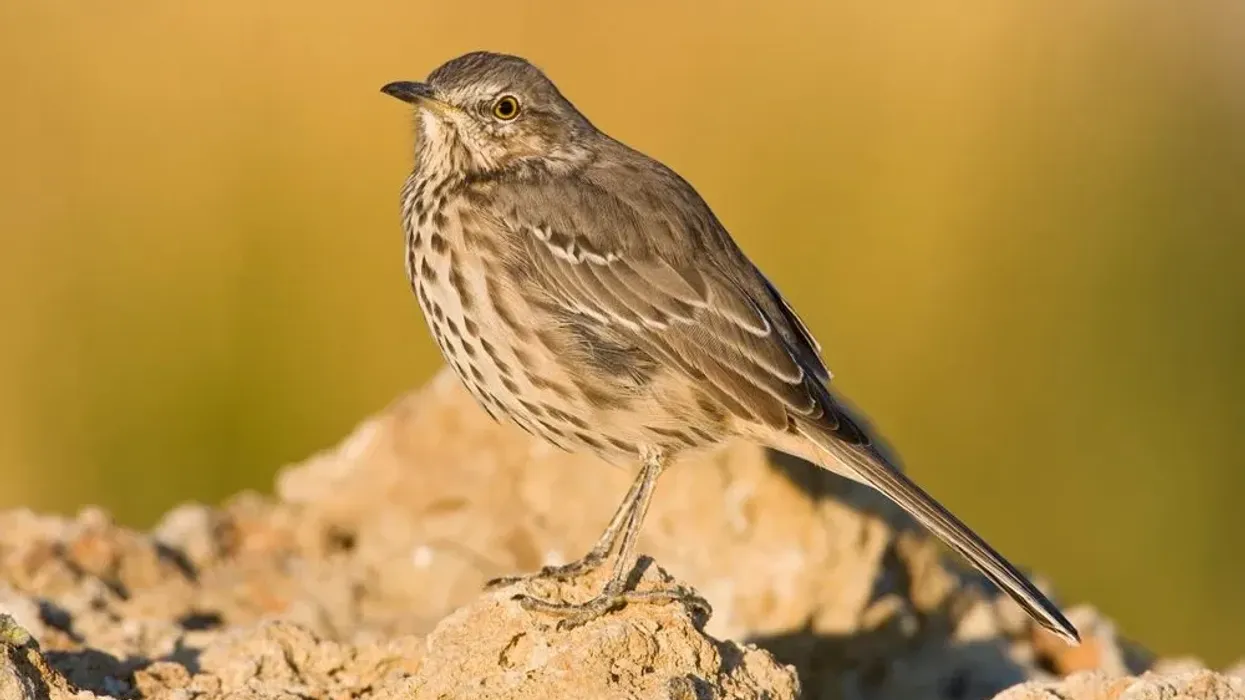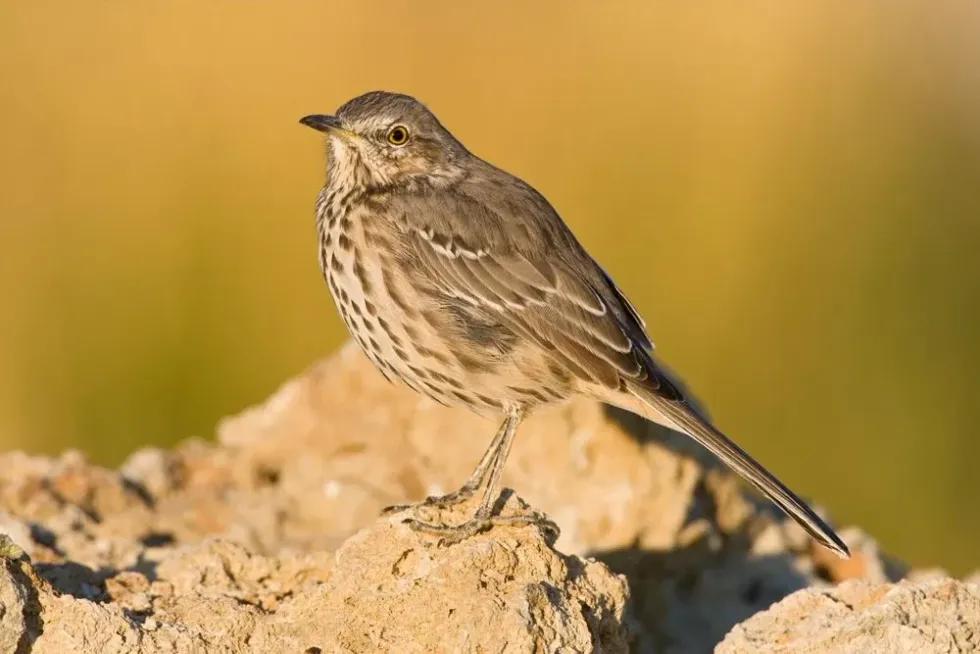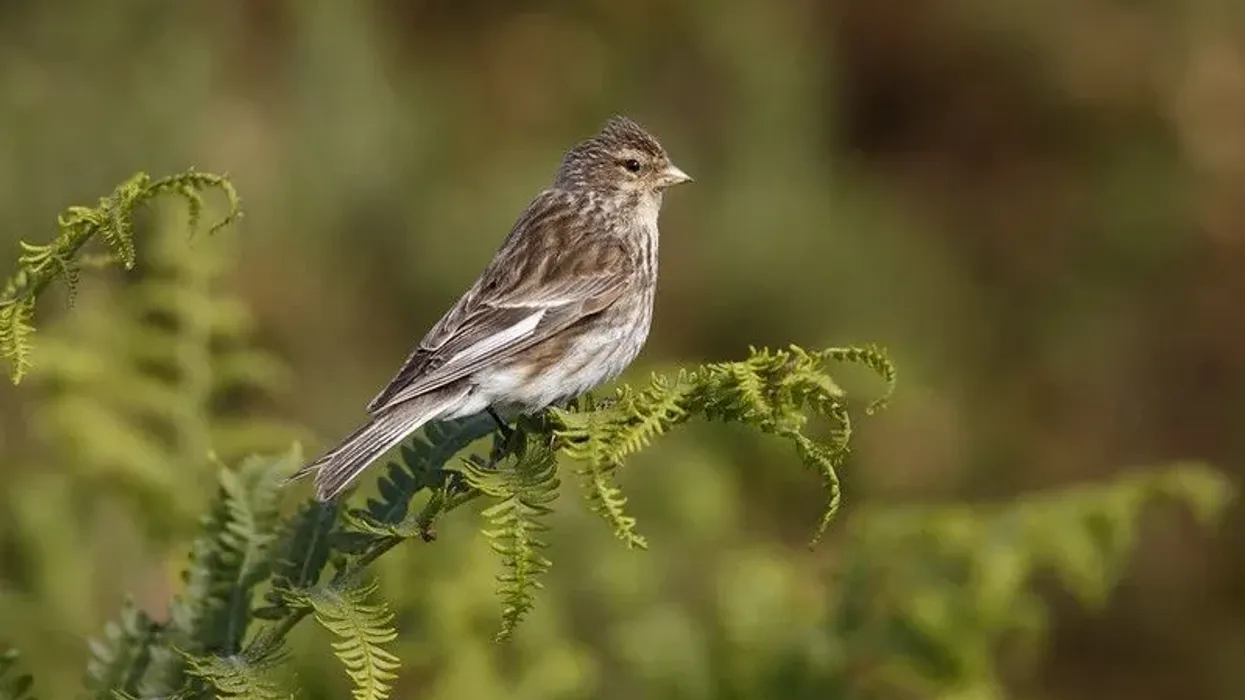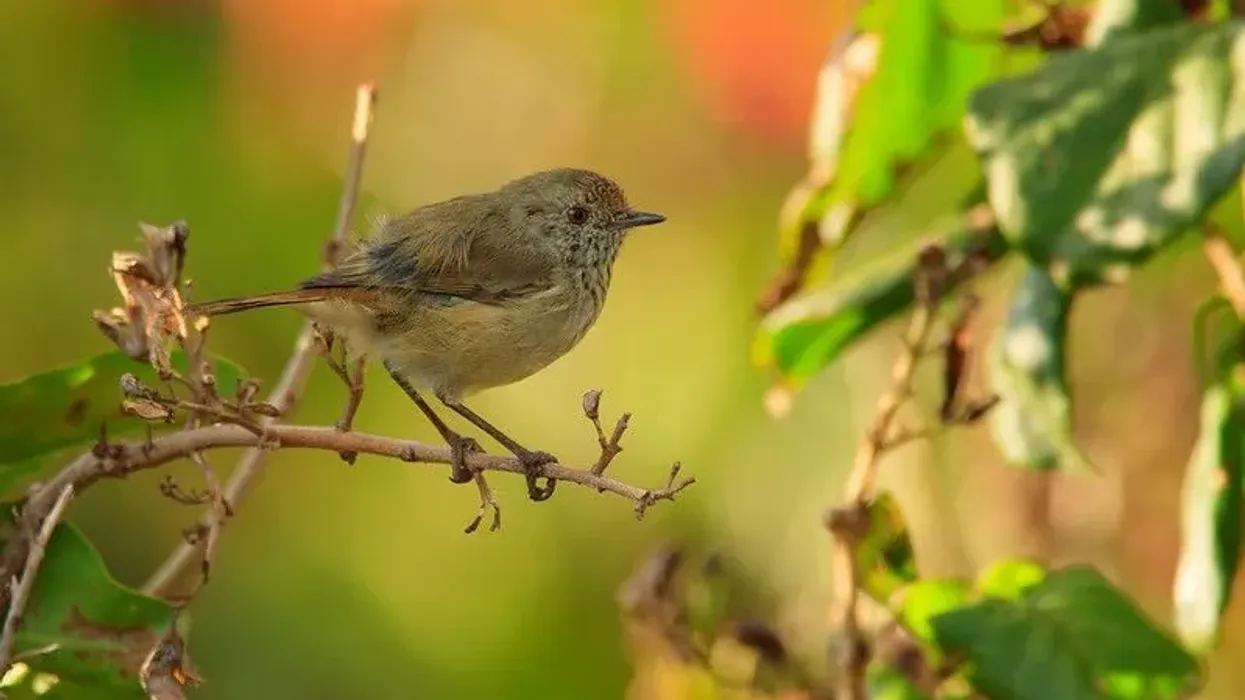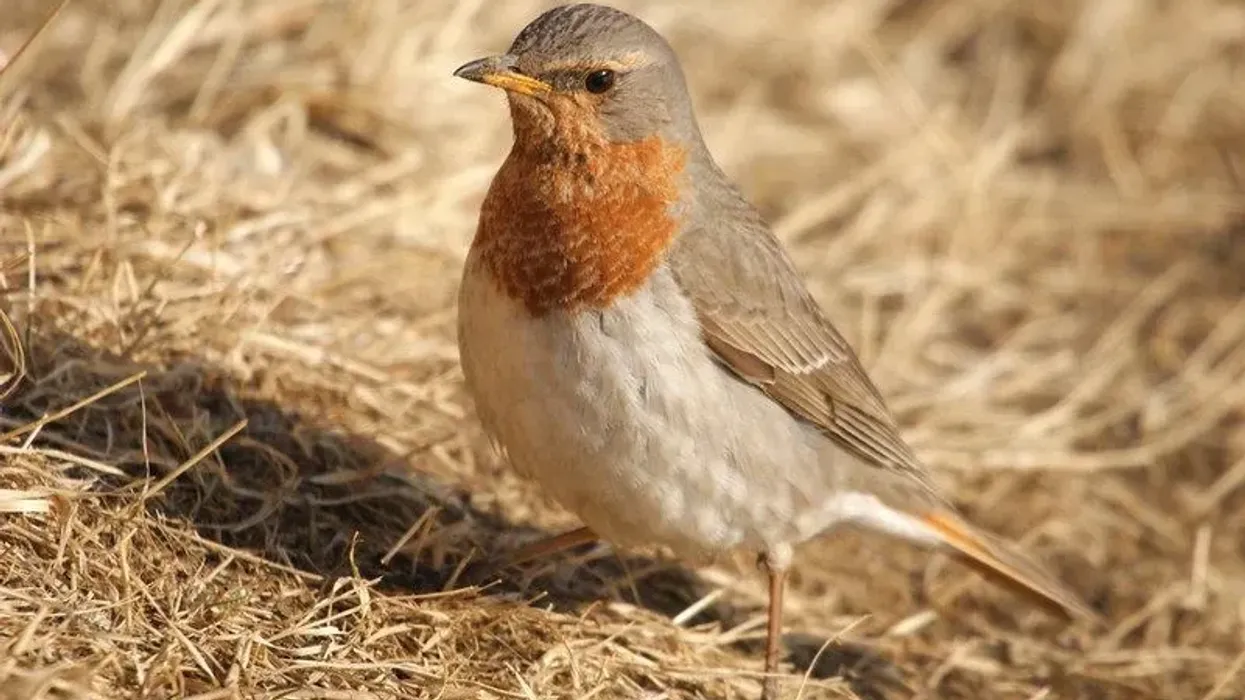You could have heard about birds that can sing, but do you know that there is a bird that sings a series of warbled notes to defend its nesting territory? Yes, a sage thrasher of the family Mimidae sings like that.
Mockingbirds, tremblers, and new world catbirds are all members of the Mimidae family too. It is the only member of the Oreoscoptes genus.
This seems to be related to mockingbirds rather than Caribbean thrashers. Sage thrashers are streaked, light-colored thrashers with long, sturdy legs, long tails, and pale skin.
Here are some fun facts about sage thrashers for your perusal. Afterward, do check our other articles on the brown thrasher and grey partridge as well.
Sage Thrasher Interesting Facts
What type of animal is a sage thrasher?
The sage thrasher (Oreoscoptes montanus) is a medium-sized passerine big bird that belongs to the Mimidae family, which comprises mockingbirds, tremblers, and New World catbirds. It is the only member of the Oreoscoptes genus.
Because of its song — a lengthy, melodious jumble of musical notes and phrases reminiscent of the widespread northern mockingbird — the plain-looking, yellow-eyed sage thrasher is often referred to as the mountain mockingbird.
What class of animal does a sage thrasher belong to?
The sage thrasher belongs to the bird class by its ability to fly and give birth to its younger ones. The sage thrasher belongs to a group of warm-blooded vertebrates.
How many sage thrashers are there in the world?
There are roughly around 5.9 million birds all around the world the thrashers migrate a lot but are always found foraging on the ground in their habitat. Get hold of a bird guide and range map if you wish to witness this bird during migration.
Where does a sage thrasher live?
Sage thrashers live in sagebrush meadows with dense bunchgrasses and bare ground. During migration and winter, these North American birds prefer open, arid environments such as grasslands with sparse shrubs and open pinyon-juniper woodlands. This species has a more widespread range of habitats in migration and winter.
What is a sage thrasher's habitat?
The sage thrasher only breeds in shrub-steppe habitats. Expanses of thick sagebrush provide cover, while barren ground offers foraging opportunities. These North American birds' migration and winter occur in grasslands with sparse shrubs and open pinyon-juniper woodlands. You can witness these birds in their natural habitat with the help of a bird guide.
Who do sage thrashers live with?
Sage thrashers live as a flock of birds in their natural habitats. Since sage thrashers live as a group, some sage thrashers who are always shy, fly secretly through the sagebrush and bare ground passages. The sage thrasher breeds primarily in shrub-steppe habitats. When startled, sage thrashers constantly flip their tail upward to warn their group.
How long does a sage thrasher live?
Just about 35% of sage thrashers survive their first and second years, 50% between their second and third years, and 75% between their third and fourth years. Diseases, insects, and exposure to freezing temperatures will all destroy these North American species. The longest recorded lifespan in the wild is 12 years and 8-12 years in captivity.
How do they reproduce?
The sage thrasher breeding season takes place in dry, open sagebrush steppes across the western United States. Sage thrashers reproduce by internal fertilization, during which the egg is fertilized inside the female in the breeding season.
It breeds in areas with thick stands of sagebrush and only occasionally in other shrubby or dry areas. The female Thrasher lays four to five eggs in a low bush twiggy cup nest during the breeding season. The nest is usually located in or under big sagebrush.
The birds construct shade platforms above their nests. The eggs are incubated by both parents and the young birds leave the nest after around 10 days of hatching from the eggs.
What is their conservation status?
According to the esteemed North American Breeding Bird Survey, sage thrasher numbers decreased by almost 1.5% each year between 1966-2014, resulting in a total loss of 52%. Partners in Flight reports a global breeding population of 5.9 million, with 100% spending any time in the United States and 48% wintering in Mexico.
Bird conservation efforts are dearly required for the sustenance of the species.
Sage Thrasher Fun Facts
What do sage thrashers look like?
The bill is narrow and gently decurved, and the head is gray. The wings are black with small white bars. The tail is black with white tips. The legs and feet are all dark—rapid flight with shallow wing beats.
How cute are they?
They look as beautiful as a medium-sized passerine bird. The beauty is the way they sing because it is so soothing to listen to.
How do they communicate?
Sage thrashers constantly flip their tail upward to warn their group of any threats during migration. Other than that, to protect their eggs, they do wag their tails.
How big is a sage thrasher?
The size range of the sage thrasher is 8-9 in (20-23 cm) while the range of wingspan is around 12.6 in (32 cm).
How fast can a sage thrasher fly?
Sage thrashers fly at speeds of about 10-30 mph (16.1-48.3 kph) over a short distance and at altitudes of less than 500 ft (152 m); migration higher requires more energy and greater exposure to stronger predators.
How much does a sage thrasher weigh?
The sage thrasher range of weight varies between 1.4-1.8 oz (40-50 g). A baby sage thrasher might weigh anywhere between 1.4-1.8 oz (40-50 g).
What are the male and female names of the species?
The male birds of the species are known as male sage thrashers while the females are known as female sage thrashers.
What would you call a baby sage thrasher?
A sage thrasher baby is known as a juvenile sage thrasher. Sage thrashers will orient their nests eastward to protect the babies from the heat of the sun.
What do they eat?
The thrasher is known to forage on the ground to feed on insects and arthropods, such as ants, grasshoppers, and ground beetles. These birds always search for berries and grapes with the favorite being mistletoe berries and juniper berries. During thrashers’ breeding season, they search alone, but after breeding, they can be seen foraging for berries in small groups.
Are they dangerous?
The sage thrasher, an offensive guardian of its nest, has been known to bite other creatures to the limit that they start bleeding. Sage thrashers are songbirds that can sing over a thousand different songs, including singing like different birds such as Chuck-will's-widows, Northern Flickers, and Wood Thrushes.
Would they make a good pet?
As per the Sage Thrasher American Bird Conservancy, the mountain mockingbird prefer to be in the open. Since these birds migrate, it is not suitable for them to be in a cage. If kept as a pet, it might affect its mental health and it might die prematurely.
Did you know...
When in fear, it becomes the defendant, often moving on the ground rather than taking off.
According to some research, this American bird species is more closely related to mockingbirds than to true thrashers.
What other birds are included in the family of the sage thrasher?
Other sage thrasher (Oreoscoptes montanus) breeds as per the Bird Conservancy of the Rockies, are the gray catbird (Dumetella carolinensis), northern mockingbird (Mimus polyglottos), and brown thrasher (Toxostoma rufum).
Where does the sage thrasher migrate to?
A sage thrasher migrant travels only a short distance. Almost all sage thrashers migrate from the Great Basin to the Desert Southwest and Mexico for the winter. At the southernmost end of the breeding range, certain individuals seem to stay all year.
Here at Kidadl, we have carefully created lots of interesting family-friendly animal facts for everyone to discover! Learn more about some other birds from our barbary partridge fun facts and lyrebird facts pages.
You can even occupy yourself at home by coloring in one of our thrasher coloring pages.

